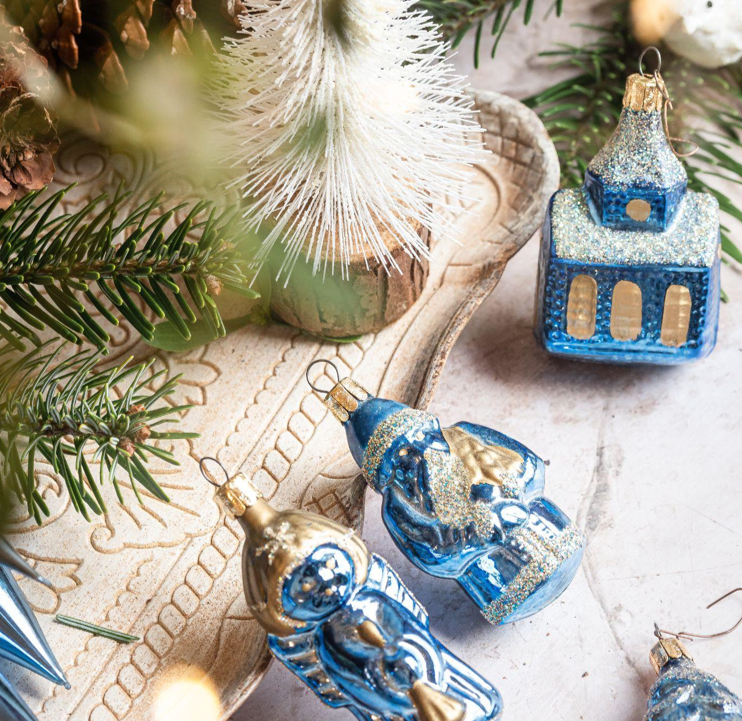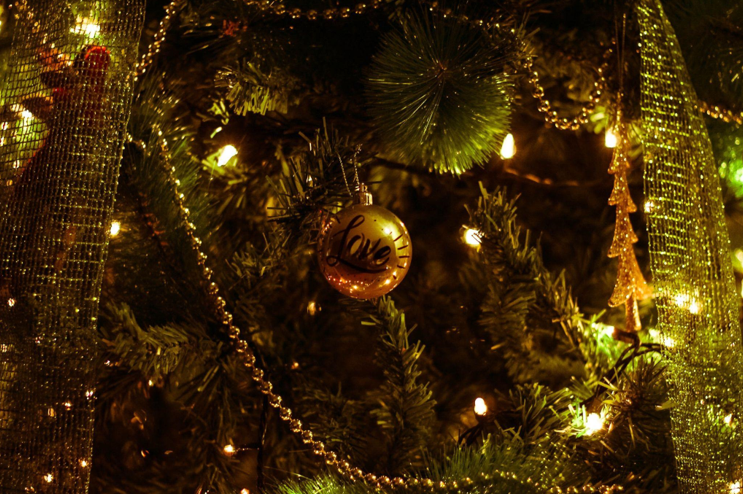Creating a Warm and Festive Atmosphere: Christmas Decoration Ideas
Angel-Themed Christmas Cards
Sending Christmas cards has been a time-honored tradition many cherish during the holiday season. If you want to add a touch of warmth and elegance to your Christmas decor, consider choosing angel-themed Christmas cards. These cards often feature beautiful images of angels, snowflakes, and other winter scenes, making them the perfect addition to any festively decorated home.
Star-Shaped Christmas Lights
Another great way to create a warm and festive atmosphere during the holiday is by using star-shaped Christmas lights. These lights add a sparkling touch to your decor and symbolize the Star of Bethlehem, which is believed to have led the three wise men to the birthplace of Jesus. You can use these lights to decorate your Christmas tree, mantel, or windows to create a perfect Christmas wonderland.
Stockings
No Christmas decor is complete without stockings hung by the chimney with care. Whether you have a traditional fireplace or not, hanging stockings is a longstanding tradition that adds charm to any household. You can get creative with stocking designs and fill them with small gifts for your loved ones. You can also hang them on your mantel, stair railing, or bedpost.
Spreading Goodwill During the Holiday Season
Finally, it’s important to remember the true spirit of the holiday season. While Christmas decorations undoubtedly add warmth to any home, spreading goodwill and cheer is at the heart of the season. Consider giving gifts to those in need, volunteering at a local shelter, or simply spreading kindness to those around you. This will not only make the holidays more meaningful, but it will also create a positive impact on your community.
In conclusion, decorating your home for Christmas is a fun and festive way to celebrate the season. By incorporating angel-themed Christmas cards, star-shaped Christmas lights, and stockings, you can create a cozy and inviting atmosphere that will make your guests feel right at home. However, remember the season’s true spirit: spreading goodwill, kindness, and love to those around you. Remember, the holiday season is a time for giving and making memories with those you love.









